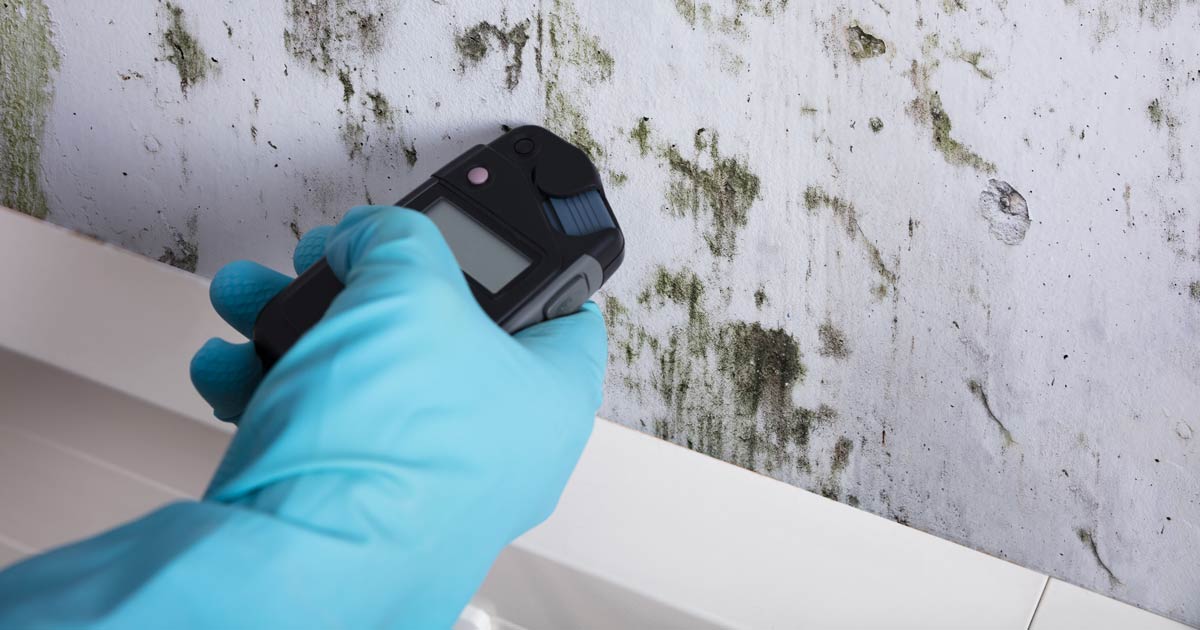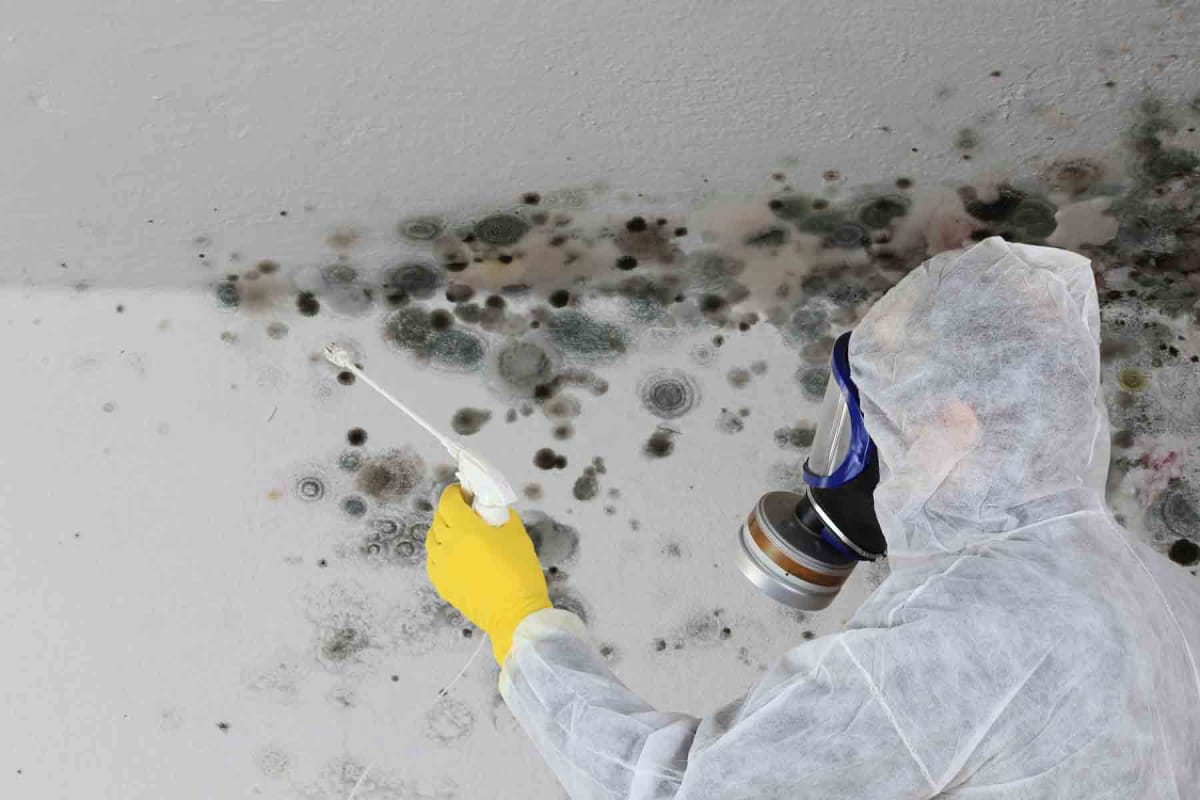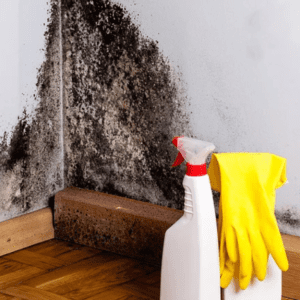Making Certain Post Remediation Verification Precision
Your Ultimate Overview to Blog Post Mold And Mildew Removal Methods
Browsing the realm of post-mold remediation techniques is a meticulous procedure that requires interest to detail and an extensive understanding of the complexities involved. In the aftermath of mold and mildew invasion, understanding exactly how to efficiently eliminate the mold and avoid its reoccurrence is critical for maintaining a healthy and balanced interior environment. From selecting the appropriate cleansing and sanitizing techniques to executing strategies for lasting mold and mildew prevention, each action in the remediation journey plays an essential duty in ensuring an effective end result. As we get started on this expedition of post-mold removal strategies, we will reveal the essential methods and finest techniques that can assist you recover your area to its pre-mold problem and secure it versus future mold hazards.
Comprehending Post-Mold Removal Process
After completing the mold removal process, it is essential to understand the post-mold remediation strategies that are essential to guarantee a efficient and extensive cleanup. As soon as the mold has actually been eliminated, the next action involves cleaning and decontaminating the impacted areas to stop any regrowth of mold.
Additionally, conducting a final examination post-remediation is important to make sure that all mold has actually been successfully removed. This examination ought to entail a thorough aesthetic check along with perhaps air sampling to verify the lack of mold and mildew spores in the air. Added remediation may be needed if the inspection reveals any type of lingering mold. Educating residents on preventive steps such as regulating dampness degrees and without delay resolving any kind of water leaks can help keep a mold-free setting.
Efficient Cleaning and Decontaminating Techniques

Stopping Future Mold And Mildew Growth

Significance of Proper Ventilation
Appropriate ventilation plays an important function in avoiding dampness accumulation, a vital consider mold and mildew growth within indoor settings. Effective ventilation systems aid eliminate excess moisture from the air, decreasing the possibilities of mold and mildew spores finding other the moisture they need to sprout and spread out. Without ample ventilation, indoor rooms can come to be a reproduction ground for mold and mildew, causing potential health and wellness risks and architectural damage.
By making certain proper air blood circulation, ventilation systems can additionally help in drying wet areas quicker after water damages or flooding incidents, additionally deterring mold growth. After mold remediation. In spaces like restrooms, attic rooms, kitchens, and cellars where wetness levels often tend to be greater, mounting and keeping reliable ventilation systems is essential in protecting against mold and mildew problems

Surveillance and Maintenance Tips
Offered the critical role that proper air flow plays in stopping mold development, it is essential to establish reliable tracking and upkeep ideas to guarantee the continued capability of ventilation systems. Normal assessments of ventilation systems must be carried out to check for any kind of signs of obstructions, leaks, or breakdowns that might restrain appropriate air movement. about his Tracking moisture degrees within the residential property is likewise essential, as high humidity can contribute to mold and mildew development. Mounting a hygrometer can assist track moisture levels and alert house owners to any spikes that might require interest. In addition, making certain that air filters are consistently cleaned or changed is important for preserving the performance of the ventilation system. Carrying out a routine for routine maintenance tasks, such as air duct cleaning and heating and cooling system inspections, can assist protect against concerns prior to they rise. By remaining aggressive and alert to the problem of air flow systems, homeowner can effectively alleviate the threat of mold regrowth and maintain a healthy indoor atmosphere.
Final Thought
To conclude, post-mold remediation techniques are important for guaranteeing a risk-free and clean environment. Understanding the procedure, executing effective cleansing and disinfecting methods, protecting against future mold and mildew growth, keeping proper ventilation, and normal tracking are all essential action in the remediation procedure. By adhering to these standards, you can successfully remove mold and stop its return, working or advertising a healthy living area for all passengers.
In the after-effects of mold invasion, recognizing exactly how to properly remove the mold and avoid its reoccurrence is paramount for preserving a healthy and balanced indoor setting. Once the mold and mildew has been removed, the click to read next action involves cleaning and decontaminating the impacted locations to protect against any type of regrowth of mold and mildew - After mold remediation. After removing visible mold development, it is important to cleanse all surface areas in the affected area to get rid of any type of remaining mold and mildew spores. To better boost mold avoidance steps, it is necessary to resolve underlying issues that initially led to mold advancement.Offered the critical role that proper ventilation plays in avoiding mold and mildew development, it is crucial to develop efficient tracking and upkeep suggestions to ensure the continued capability of ventilation systems